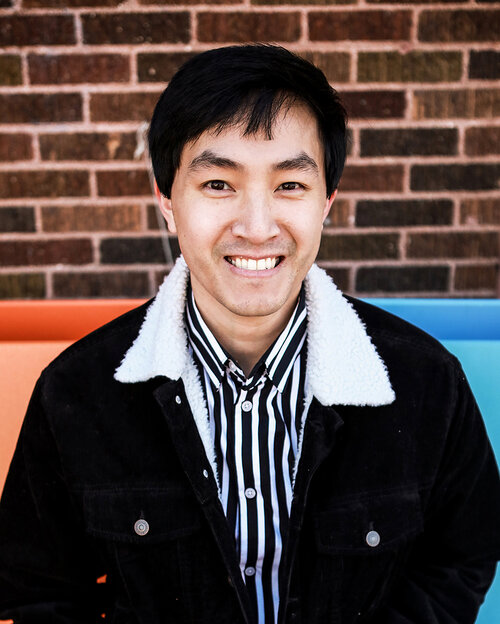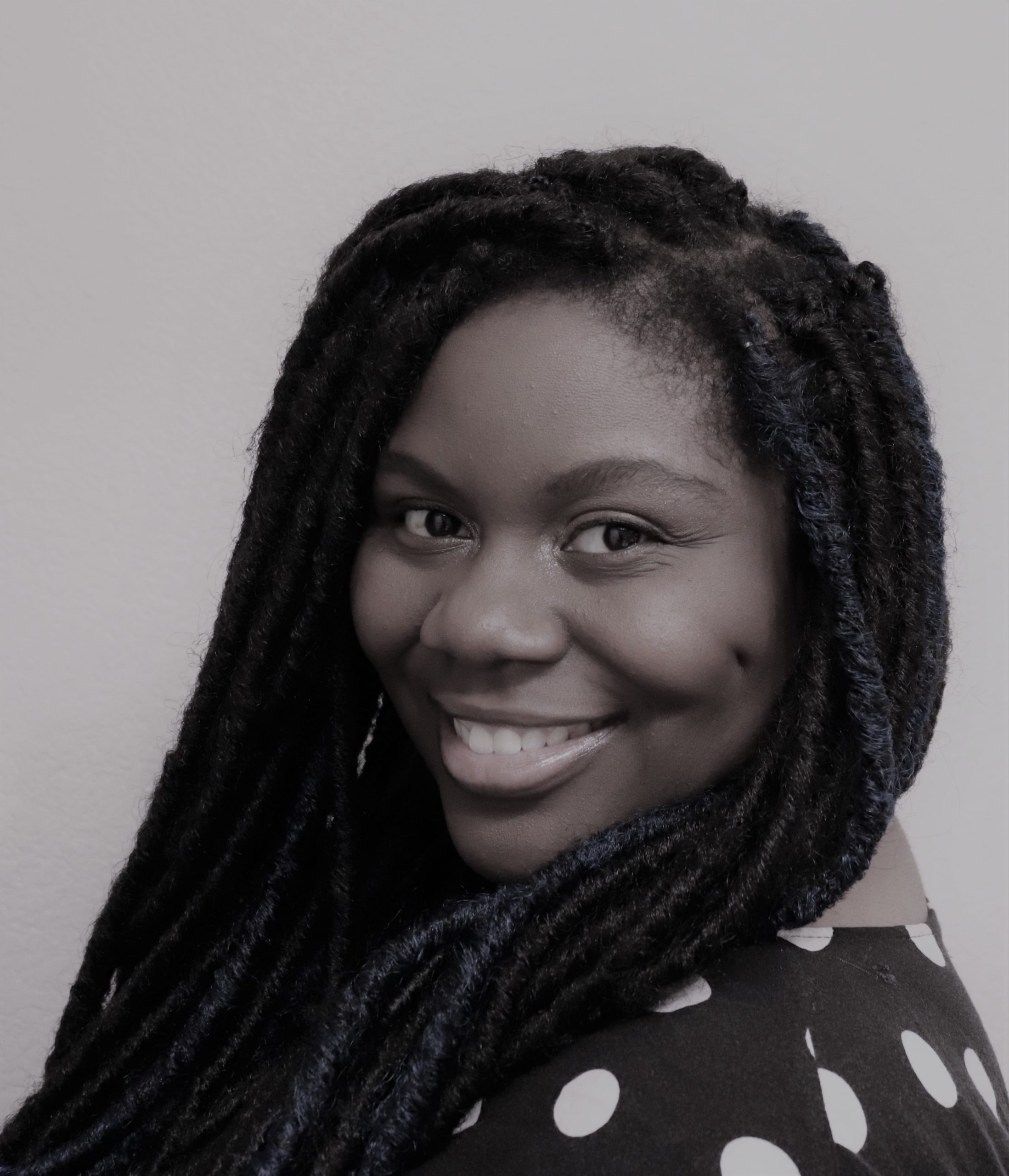
by Michele Kirichanskaya | Feb 16, 2022 | Blog
Kristina Luu, she/they, is a queer Vietnamese Canadian comic artist and illustrator from Vancouver, BC. She loves making colourful worlds and stories full of diverse characters and little moments of magic and joy. The first volume of the BESTIES graphic novels series...

by Michele Kirichanskaya | Feb 4, 2022 | Blog
Victoria Grace Elliott is the creator of the webcomic Balderdash! or, a tale of two witches. Yummy: a History of Desserts is her debut graphic novel. She’s a queer Southern illustrator & comic artist living in Austin, Texas. I had the opportunity to interview...

by Michele Kirichanskaya | Feb 2, 2022 | Blog
Trung Le Capecchi-Nguyen (Trung Le Nguyen, professionally) is a Vietnamese-American comic book artist and writer from Minnesota. He was born in a refugee camp somewhere in the Philippine province of Palawan. Trung’s first original graphic novel, The Magic Fish, was...

by Michele Kirichanskaya | Jan 28, 2022 | Blog
Claire Kann is the author of several novels and an award-winning online storyteller. In her other life she works for a non-profit you may have heard of where she daydreams like she’s paid to do it. She loves cats and is obsessed with horror media (which makes the...

by Chris Allo | Jan 27, 2022 | Blog
Chris Allo here for our first creator spotlight of the New Year. Myself and Greg Silber had the opportunity to speak with comics writer, Amy Chu, at last year’s New York Comic Con. Amy is a Korean-American and an advocate for women and Asians in comics....

by Michele Kirichanskaya | Jan 21, 2022 | Blog
Preston Norton is bisexual, slightly genderqueer, and married. His partner, Erin, is trying to put him on a diet, and he’s revolting (both contexts apply). He has taught seventh grade and ninth grade English, mentored drug addicts, and mowed lawns (in no...





